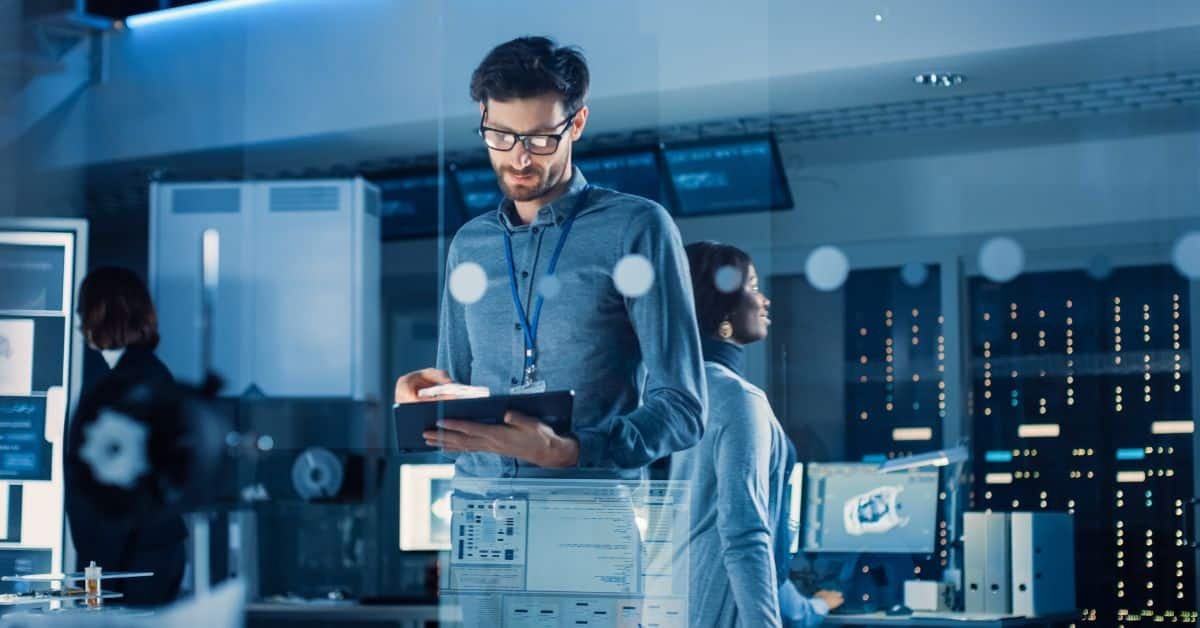The aviation industry faces constant threats from hijackings and acts of terrorism. To combat these risks, innovative technologies have been developed to strengthen security measures and prevent such incidents. These technologies encompass a wide range of solutions, from advanced screening systems to sophisticated surveillance and detection methods. Let’s delve into the advanced technologies that are transforming anti-hijacking and counterterrorism efforts in aviation.
Biometric Identification Systems
Biometric identification systems have become an integral part of aviation security. These systems utilize unique physical or behavioral characteristics, such as fingerprints, iris patterns, or facial recognition, to identify individuals. Biometric data is captured during the check-in or boarding process, allowing airports and airlines to verify the identity of passengers and staff with a high level of accuracy. By integrating biometric identification systems into various checkpoints, such as immigration, security screening, and boarding gates, airports can enhance security and expedite the passenger journey.
Advanced Passenger Screening
Traditional security screening methods have evolved to incorporate advanced technologies that can detect prohibited items and identify potential threats more effectively. Advanced imaging technologies, such as millimeter-wave scanners and backscatter X-ray systems, provide detailed images of a passenger’s body and clothing without revealing sensitive information. These scanners enable security personnel to identify concealed weapons or explosives, enhancing the detection capabilities at airport checkpoints.
Behavioral Analytics
Behavioral analytics systems utilize artificial intelligence and machine learning algorithms to analyze passenger behavior and identify suspicious patterns. By monitoring passengers’ movements, gestures, and interactions, these systems can detect anomalies or unusual behaviors that may indicate a potential threat. Behavioral analytics systems are particularly effective in identifying individuals who may be attempting to hide their intentions or exhibit signs of stress or deception.
Intelligent Video Surveillance
Intelligent video surveillance systems employ computer vision and pattern recognition algorithms to monitor and analyze video feeds from airport cameras. These systems can automatically detect and track suspicious activities or objects, such as unattended bags or unauthorized access to restricted areas. By providing real-time alerts to security personnel, intelligent video surveillance enhances situational awareness and enables swift responses to potential threats.
Explosives Detection Systems
Explosive detection systems have become increasingly sophisticated in detecting the presence of explosives or explosive materials in baggage and cargo. Advanced technologies, such as computed tomography (CT) scanners and trace detection devices, enable security personnel to identify even minute quantities of explosive substances. These systems employ X-ray imaging and chemical analysis to detect concealed explosives, enhancing the effectiveness of baggage screening and cargo inspection processes.
Cybersecurity Measures
In an increasingly connected aviation landscape, cybersecurity plays a critical role in safeguarding against cyber threats and ensuring the integrity of aviation systems. Robust cybersecurity measures protect critical infrastructure, such as air traffic control systems, communication networks, and passenger information databases, from unauthorized access and cyberattacks. These measures include secure network architectures, encryption protocols, intrusion detection systems, and regular vulnerability assessments.
Advanced technologies are revolutionizing anti-hijacking and counterterrorism efforts in the aviation industry. From biometric identification systems and advanced passenger screening to behavioral analytics, intelligent video surveillance, explosives detection systems, and cybersecurity measures, these technologies provide multiple layers of protection. By deploying these cutting-edge solutions, airports and airlines can enhance security, detect potential threats in real time, and ensure the safety and well-being of passengers and crew. The continuous development and implementation of advanced technologies will further strengthen aviation security in the future.








